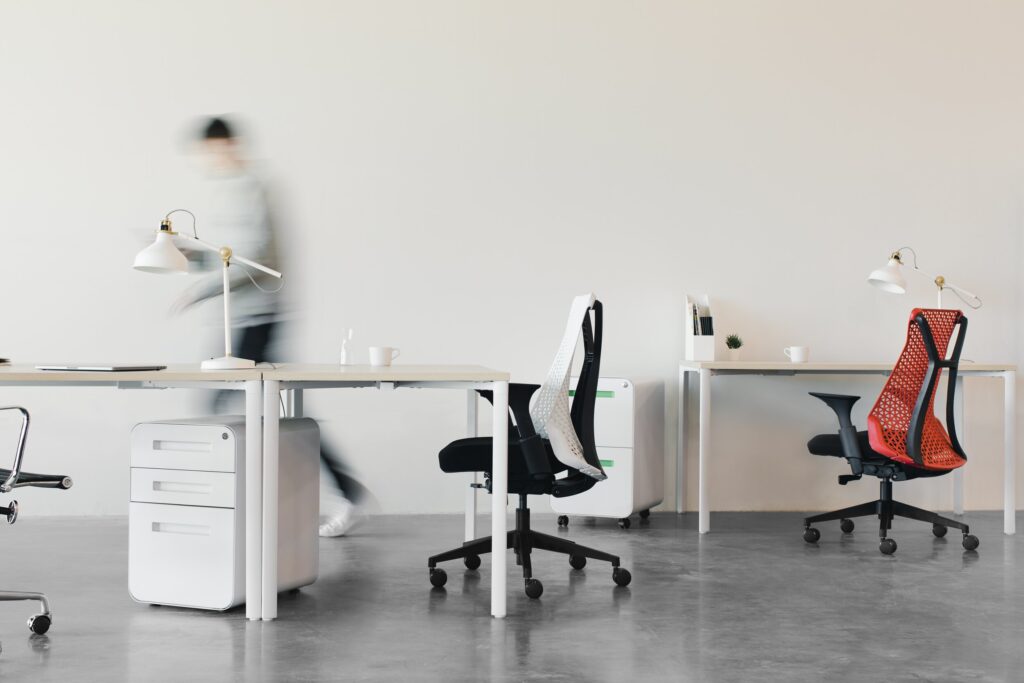An office job (be it an actual office or working from home) involves many hours of sitting. Unfortunately, prolonged sitting can add stress to the structures in the body and the spine. This promotes poor posture and is of concern to osteopaths, because postural deviation can lead to a more chronic picture of stress on the musculoskeletal system. Keep in mind our body is a well-oiled machine, so stress in one body system will affect other body systems.
So, what kind of chair do you sit on?
Sitting on the wrong chair for long periods can lead to –
-
Back pain
-
Neck pain
-
Headaches
-
Worsening of existing pain or injuries
-
Pain in the arms, wrists and hands
-
Buttock, hip and leg pain
Simply put; it’s pain all-round, when sitting in the wrong chair! Proper ergonomics is crucial to help minimize the above.
Take time in choosing your office chair and trial a few to be sure. The key things to look out for in a chair is proper lower back support and promotion of good posture.
Optimal posture is the position, arrangement or alignment of the skeleton that requires the least amount of muscular energy to hold it upright. Deviations of the skeleton, of only millimetres, change all the angles and throw everything off kilter. It’s like the leaning tower of Pisa. Everyone knows as soon as they see it that it does not look right and that at any moment gravity will win!
Positioning your mouse
Incorrect positioning can cause problems with your wrist and neck. Ensure your mouse is as close to the front of the desk, sitting directly next to your keyboard.
Keep your shoulders down, relaxed and elbows by your side. This minimizes stress placed on your muscles and joints of the neck, shoulder and arms.
Your mouse tends to move forward throughout the day, along with your posture without you realising. This is a good thing to be mindful of and re-adjust every hour.
Osteopathy is like engineering for the human body. We assess the body like an engineer would assess a damaged building and figure out why the injured area is failing and causing pain. We address the foundations and fix the cracks. This is often why we recommend that people get regular maintenance care and treatment and advice specific to them, their body and their lifestyle.
So, what else can you do if you’re sitting behind a desk all day? Move your body, whenever you can! Exercise and stretch often and seek osteopathic support for maintenance or ‘tune-ups’. Take regular breaks that involve moving. Perhaps you can implement morning meetings as a walking meeting. Allow your body to do more of what comes naturally (moving) and minimize aches and pains that sadly comes part and parcel with sitting all day.


